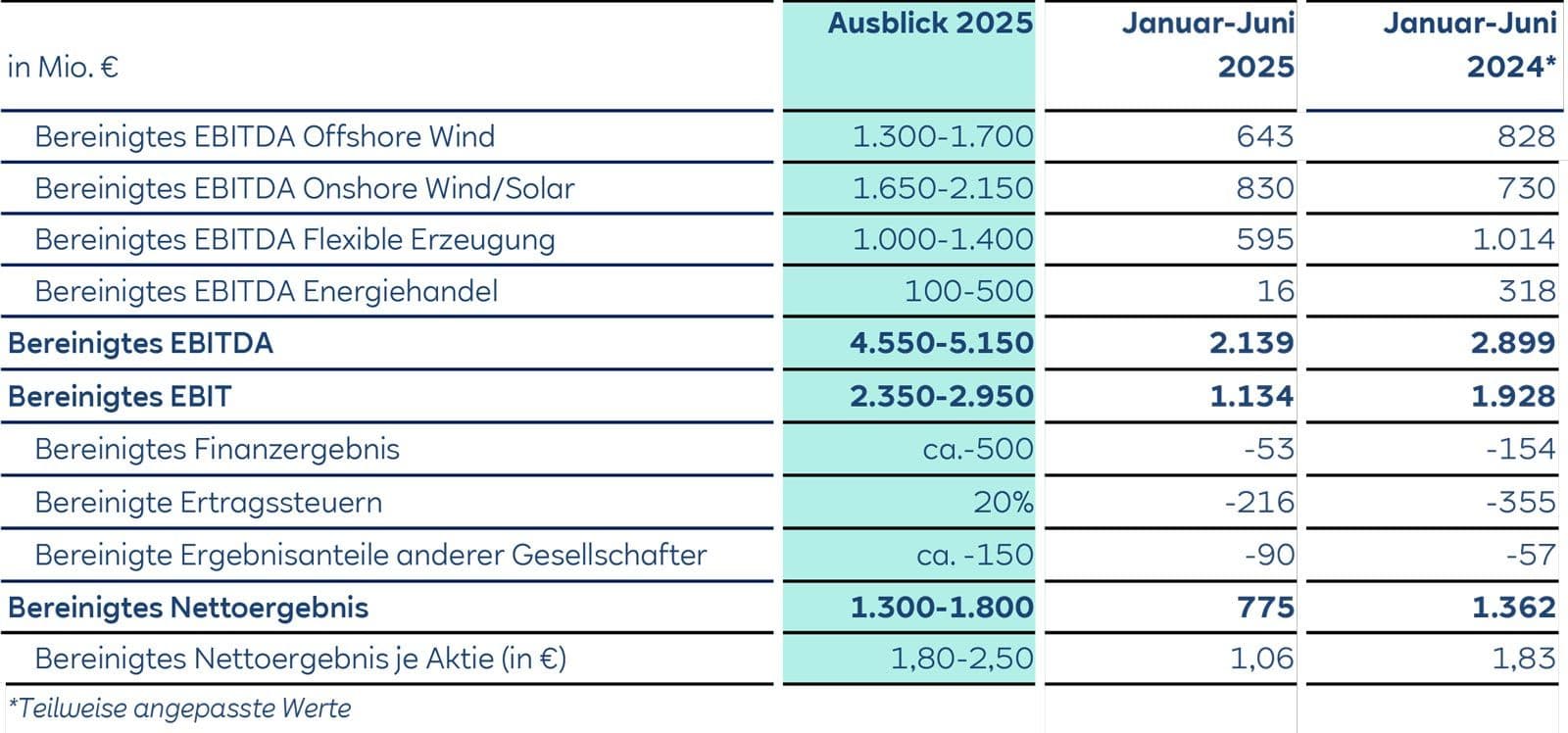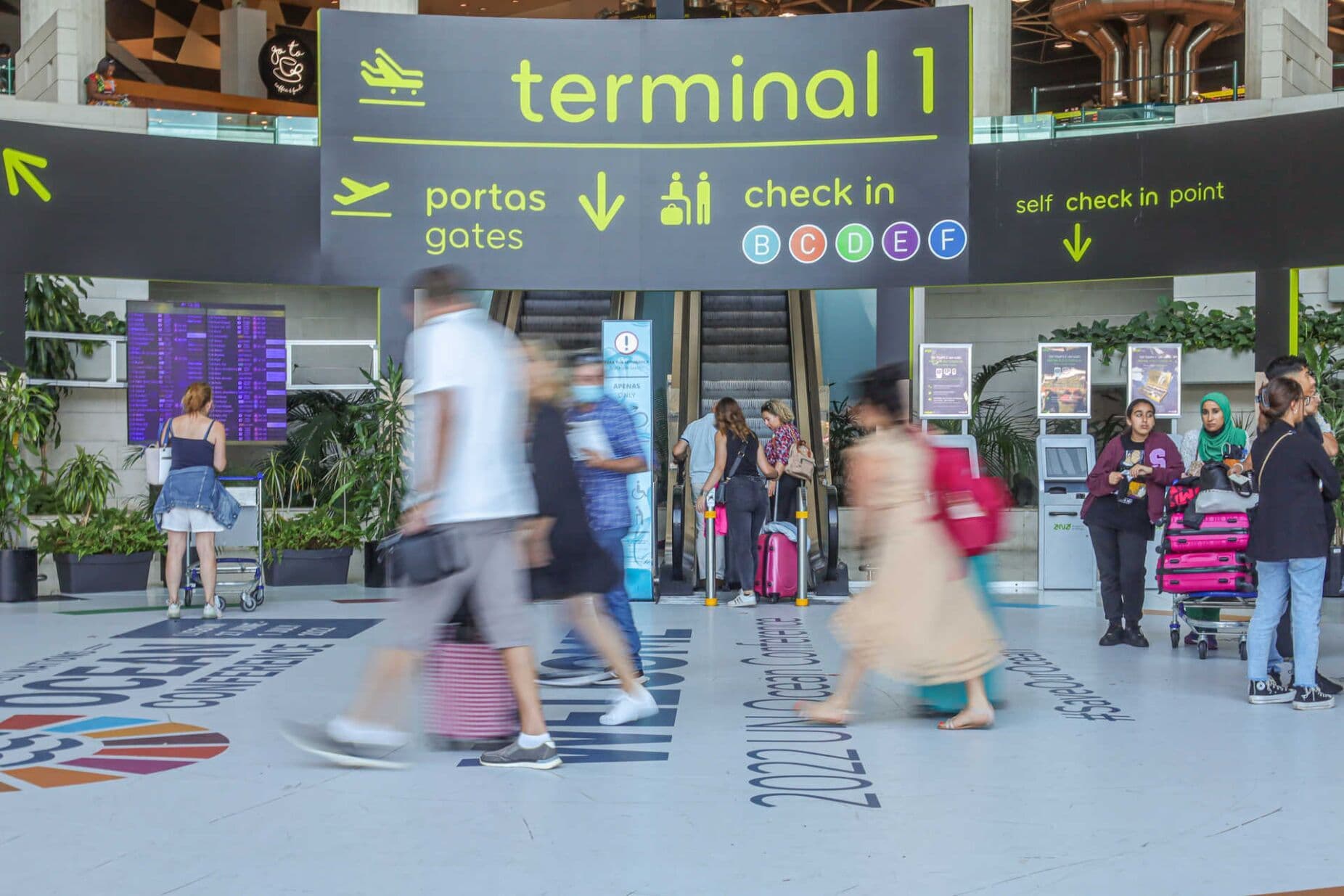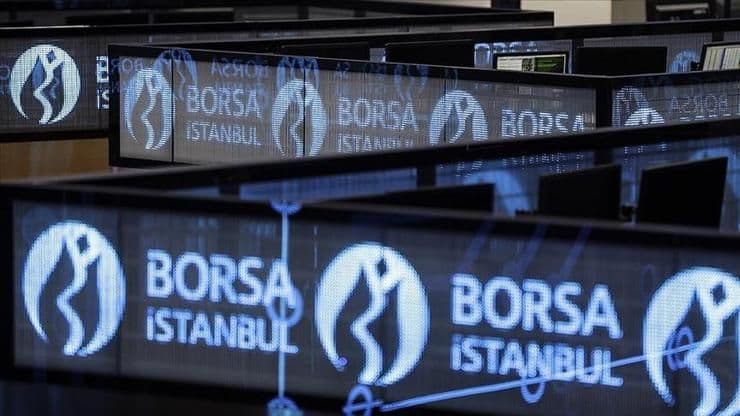Beyond the Beach Boom: Decoding TUI's Strategic Surge Amidst Global Headwinds
Unpack TUI's record performance, revealing strategic shifts in hotels and cruises. Discover how the travel giant defied economic headwinds for sustained growth.
The Unexpected Ascent: TUI's Record-Breaking Trajectory
The travel sector, often seen as susceptible to global shocks, has witnessed an astounding resurgence, and , the world's largest travel group, is leading the charge with remarkable financial results. Far from merely riding the wave of post-pandemic revenge travel, TUI's recent performance signals a deeper, more strategic re-engineering. The company has reported record operational earnings for its third business quarter, with the adjusted operating result surging by an impressive 38% to €321 million between April and June. Revenue also climbed steadily, increasing by seven percent to €6.2 billion. Such figures are not just impressive; they compelled TUI to raise its full-year profit growth forecast from an initial 7-10% to a more ambitious 9-11%. This upward revision comes despite a backdrop of considerable challenges, including economic headwinds across , widespread summer heatwaves that could deter travelers, and ongoing geopolitical tensions in the . attributes this success directly to the group's evolving strategy, emphasizing the payoff from its integrated and diversified business model.
More Than Just Travel: The Integrated Model's Unsung Heroes
TUI's strategic pivot goes far beyond simply selling holiday packages; it's about owning and controlling a significant portion of the customer journey, from booking to destination experience. This integrated and diversified business model, as highlighted by , is proving to be a formidable competitive advantage. While the popular image of TUI might be its tour operator arm, the true engines of its current record performance lie in the booming demand for its proprietary hotels and cruises. Unlike traditional travel agencies that merely act as intermediaries, TUI's ownership of hotels, cruise lines, and even airlines allows for a seamless, end-to-end customer experience. This vertical integration means TUI captures more value per booking, exercises greater quality control, and can respond more agilely to market shifts. By reducing reliance on third-party suppliers, these "unsung heroes"—the hotels and cruise ships—become crucial profit centers, ensuring revenue streams that are less vulnerable to external market fluctuations and more directly contribute to the group's overall profitability.
Defying the Calendar: TUI's Quest for All-Season Profitability
A perennial challenge for the travel industry is its inherent seasonality, with peak demand concentrated around specific holidays and summer months. TUI, however, is actively working to smooth out these traditional peaks and troughs, aiming for a more consistent, all-season profitability. specifically mentioned the group's success in "reducing the seasonality of the group," a critical component of its strategic resilience. A prime example of this effort in action was the timing of this year's Easter business, which conveniently fell into the third fiscal quarter, providing a welcome boost to the reported results. But this isn't just about calendar quirks; it's about a deliberate strategy to broaden its appeal beyond typical summer sun-and-beach holidays. By investing heavily in its hotel and cruise segments, TUI can offer diverse travel experiences that appeal to different demographics throughout the year, from winter sun destinations to off-peak city breaks or year-round cruise itineraries. This diversification minimizes reliance on single peak seasons, making the company's revenue streams more stable and predictable.
Premium Play: How Pricing Power Fuels Profit Peaks
One of the most compelling indicators of TUI's strengthened market position is its sustained pricing power. The "Handelsblatt" report explicitly notes that higher profit expectations are partly due to increased prices, with average prices consistently rising for several consecutive quarters. This isn't merely opportunistic price gouging; it's a testament to the perceived value and unique offerings TUI provides within its integrated ecosystem. When a company can command higher prices even in a challenging economic climate, it signifies strong brand loyalty, differentiated products, and perhaps a more affluent customer base less affected by inflationary pressures. TUI's control over its own assets—hotels, cruises, and flights—allows it to optimize pricing dynamically, responding to demand and ensuring higher yields per booking. This ability to effectively implement price increases, without significantly deterring demand, is a powerful driver of the observed profit peaks and underscores the success of its strategic adjustments, demonstrating that customers are willing to pay a premium for the convenience, quality, and reliability TUI offers.
Navigating Tomorrow's Tides: Outlook and Investment Horizon
Looking ahead, remains confidently optimistic, as evidenced by its raised full-year profit guidance, projecting growth between nine and eleven percent. This forward-looking stance is particularly noteworthy given the persistent global headwinds. The company acknowledges the ongoing challenges—from economic difficulties across to the impact of summer heatwaves and geopolitical conflicts in the —yet believes its strategic foundation is robust enough to navigate these complexities. For investors, TUI's current trajectory paints an intriguing picture. The emphasis on an integrated, diversified model, the proactive efforts to mitigate seasonality, and the demonstrated ability to maintain pricing power suggest a business that has learned valuable lessons from past crises and is building a more resilient, sustainable future. While external factors will always play a role in the travel industry, TUI's strategic re-engineering positions it as a compelling long-term investment. Its focus on controlled assets and a holistic customer experience aims to deliver consistent value, offering a compelling narrative beyond the fleeting "beach boom" of post-pandemic demand.
Related Articles

Cathay Pacific's Strategic Ascendancy: Powering Up for a New Era of Global Aviation

Cathay Pacific's Strategic Ascendancy: Powering Up for a New Era of Global Aviation

RWE's Strategic Current: Navigating Market Swings Towards a Greener Horizon

RWE's Strategic Current: Navigating Market Swings Towards a Greener Horizon

Flight Path Cleared: Unpacking the Menzies Truce and Your Enduring Passenger Protections

Flight Path Cleared: Unpacking the Menzies Truce and Your Enduring Passenger Protections

The Pulse of Istanbul: How Global Inflation and Local Flows Shape BIST 100's Next Move
